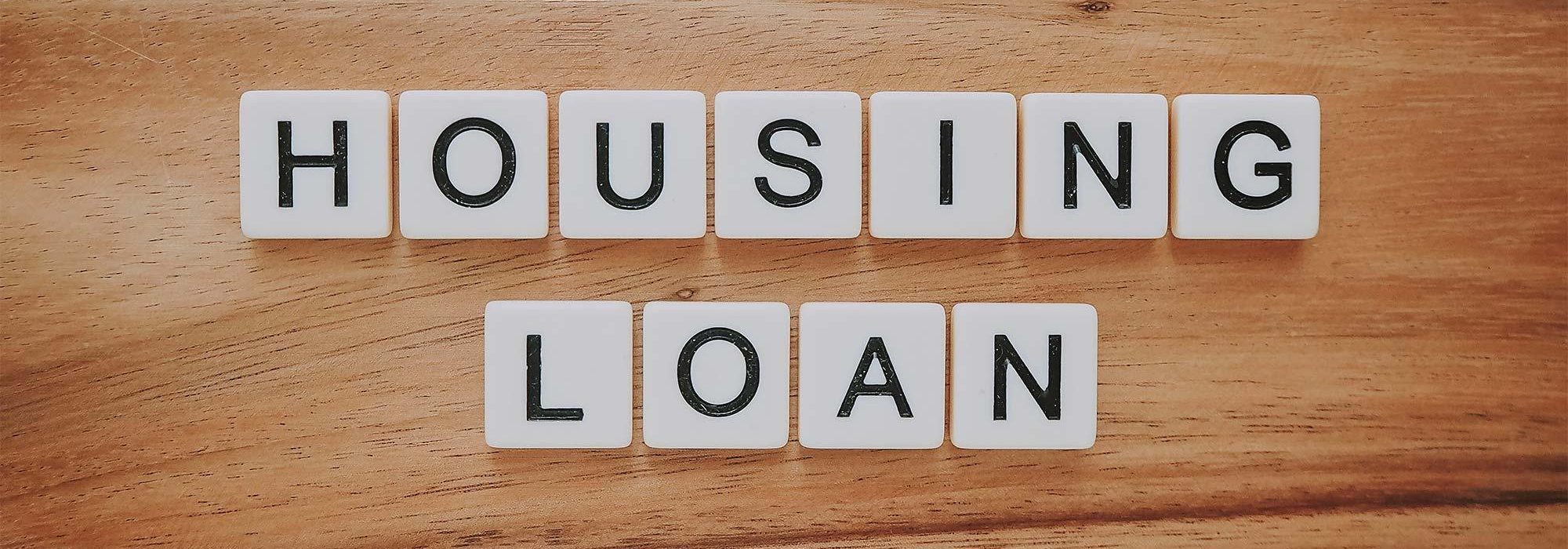Article Excerpt
This guide covers all the essentials about making a down payment on a house. Learn the minimum requirements for different loan types as well as no-money-down options. Plus, take a look at some example scenarios.
Buying a home is a big decision and a big investment. Many homebuyers are concerned about having enough money to purchase a home. It’s an intimidating topic, and you’re right to have questions. Knowing how much you actually need is important, and we’re here to help.
What is a down payment?
A down payment is money you spend upfront on to purchase your home. Your mortgage lender will provide the rest of the money you need to purchase your home. Over a set period of time (usually for either 15 or 30 years), you pay your lender back for what your down payment didn’t cover. That’s your monthly mortgage payment.
Let’s say you want to buy a home for $150,000 and give 3.5% as your down payment. That means you pay $5,250 out of your pocket immediately, and your mortgage lender loans you $144,750 to cover the rest. You may hear lenders and realtors ask, “How much can you put down?” What they really mean is, “How much money do you have for an upfront down payment on the purchase?”
What’s the minimum down payment for a house?
The answer to this question depends on which loan program you choose. They each have different requirements when it comes to what you’ll need to be able to provide at the time of purchase. Your mortgage adviser will help you decide which option is right for you and your situation. Here’s a look at each loan program’s minimum down payment. The percentage is based on the purchase price of your home. So, 3.5% down on a $100,00 home would be $3,500.
|
Loan Program |
Minimum Down |
Why Consider It |
|---|---|---|
FHA |
3.5% |
This loan program offers flexible qualification options that often fit first-time homebuyers well. |
USDA |
0.0% |
If you live in an eligible rural area with moderate income, the USDA program has great benefits. |
VA |
0.0%* |
Active duty or retired military service members will find it hard to beat the benefits of a VA loan. |
Conventional |
5%** |
Conventional loans often offer a better rate if you have the down payment and qualifying credit score. |
No-money-down mortgage options
Not everyone has the cash on hand to make a down payment. But you may still be able to become a homeowner with these two special programs.
$0-down with USDA
The US Department of Agriculture offers a mortgage with no-money-down. USDA loans are meant to assist homebuyers with moderate incomes and smaller down payment ability. How do you qualify? There are three main requirements:
- You must live in a USDA designated area
- You must not exceed the maximum USDA income limits for your area
- You must have a minimum credit score of 620
There are trade-offs to putting no money down. But your mortgage adviser can help you understand the tradeoffs and whether you save money in the long-run by avoiding an upfront down payment.
$0-down with VA
The U.S. Department of Veterans Affairs offers a government-backed loan just for veterans, active service members, and surviving spouses. Not only does the VA offer a no-money-down option, but you won’t have to pay private mortgage insurance and you can roll fees into your loan amount.*
Although it’s not limited by geography in the same was as a USDA loan, the VA loan program has its own strict qualification guidelines. In order to qualify you must have:
- Served 6+ years in the Reserves or National Guard, or
- Served 181 days during peacetime, or
- Served 90 days during wartime
Your lender will help you obtain a Certificate of Eligibility (COE) to get started. They can also help you determine if you qualify as a surviving spouse of a service member.
» READ MORE: VA loan eligibility and obtaining a COE
Is a 20% down payment still a good idea?
If you’re able to put down 20%, you’re definitely going to come out ahead in the long-run. There are lots of benefits that’ll come from a 20% down payment:
- A better interest rate from your lender
- No private mortgage insurance
Putting a larger amount down signifies financial stability and less risk to your lender. It shows that you’re invested in the home with more at stake, meaning you’re less likely to miss or stop making payments if there’s anything you can do to prevent that. Less monthly interest and no mortgage insurance mean you make a smaller mortgage payment each month.
How much should you put down on a house?
Let’s take a look at some pros and cons of large and small down payments. There isn’t a “correct” answer for everyone, everywhere.
Reasons to make a smaller down payment:
- You simply don’t have a lot to put down right now. There may be reasons you need to move ASAP and don’t mind paying extra interest and mortgage insurance for the privilege of owning your own home. More power to you!
- You want to invest in other things. Maybe you want to start taking college courses or invest your cash elsewhere. Homeownership is an excellent way to spend your hard-earned savings, but it’s not the only way. Your mortgage adviser can help you simulate how the cash spent elsewhere may benefit you in the long run.
- You won’t have to empty your savings. Maybe you want to keep your rainy day fund at a healthy level. That can be a really wise move, and you can always pay extra on your mortgage later. You’re not permanently locked in to only your monthly payments.
Reasons to make a larger down payment:
- You’ll save on interest in the long run. Think you’ll stay in your house for five or more years? The more you put down, the less interest you’ll pay. Over 30 years, you’ll save serious money.
- You could forego private mortgage insurance. When you put 20% down, you may not have to pay private mortgage insurance (PMI). That’s free, easy money. Remember: PMI only protects your lender - not you. And even if you can’t get to 20%, every bit matters.
- You’ll have more borrowing power in later on. When you put more down, your debt-to-income (DTI) ratio is smaller. Higher DTI’s can lower your credit score, and lower credit can make it harder to get other loans for other items later on.
Here’s a quick breakdown on how your monthly payment and long-term costs would change if you put 3.5% vs 20% down.
|
Purchase Price |
Down Payment $ / % |
Monthly principal + interest |
Monthly insurance (PMI) |
Monthly principal + interest + PMI |
Total interest paid after 30 years |
|---|---|---|---|---|---|
$150,000 |
$30,000 / 20% |
$590 |
$0 |
$590 |
$92,518 |
$150,000 |
$5,250 / 3.5% |
$712 |
$60 |
$772 |
$111,600 |
Check out the interest savings at the end of your 30 years. It’s a $19,082 difference!
Down payment assistance programs
What if you don’t qualify for a no-money-down mortgage program like USDA or VA? There are down payment assistance (DPA) programs that may help you become a homeowner. Some DPA’s offer up to 6% as a grant - meaning you don’t ever have to pay it back.
There are special programs for teachers, first responders, and for borrowers in specific areas. The downside to some of these programs is that they come with higher interest rates. Your mortgage adviser can better explain those trade-offs and benefits in a free mortgage consultation.
» READ MORE: Four of the best Texas DPA programs
What do you qualify for?
Let’s find out which loan options are available to you. Start a free pre-approval in just 90 seconds with the lender Texans trust.
*A down payment is required if the borrower does not have full VA Entitlement, or if the loan amount is greater than $453,100. VA loans subject to individual VA Entitlement amounts and eligibility, qualifying factors such as income and credit standards, and property limits.
**A conventional loan’s minimum down payment can actually be as low as 3% in certain circumstances. But if you opt for the lower down payment option, you won’t be able to take advantage of many of the lower interest rates offered by a conventional loan.



